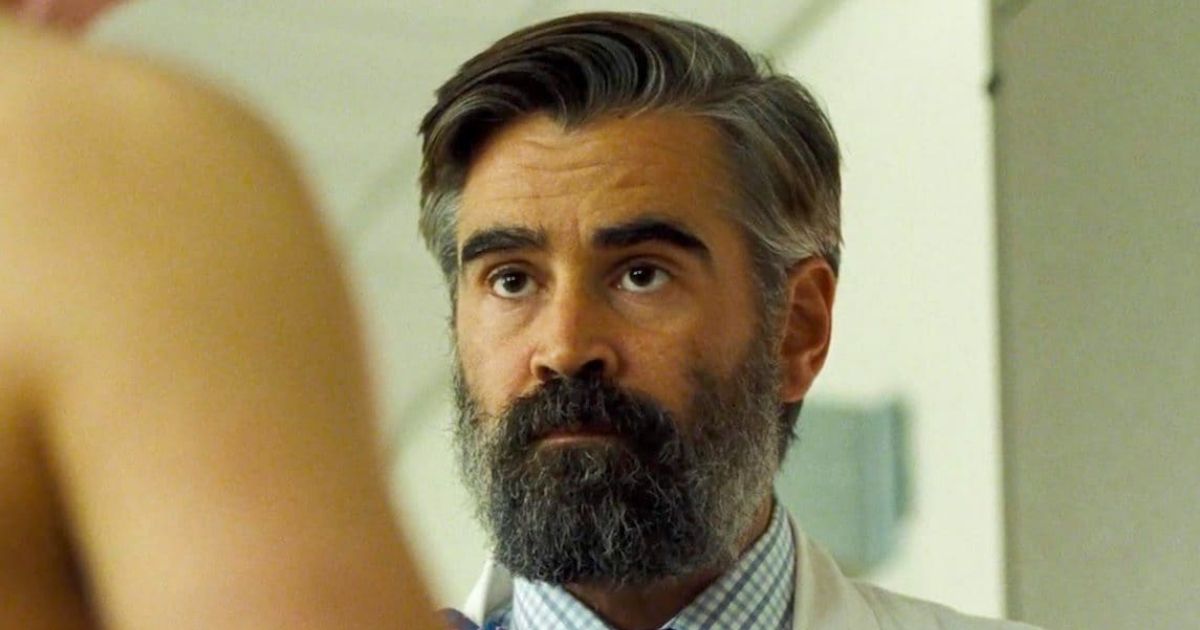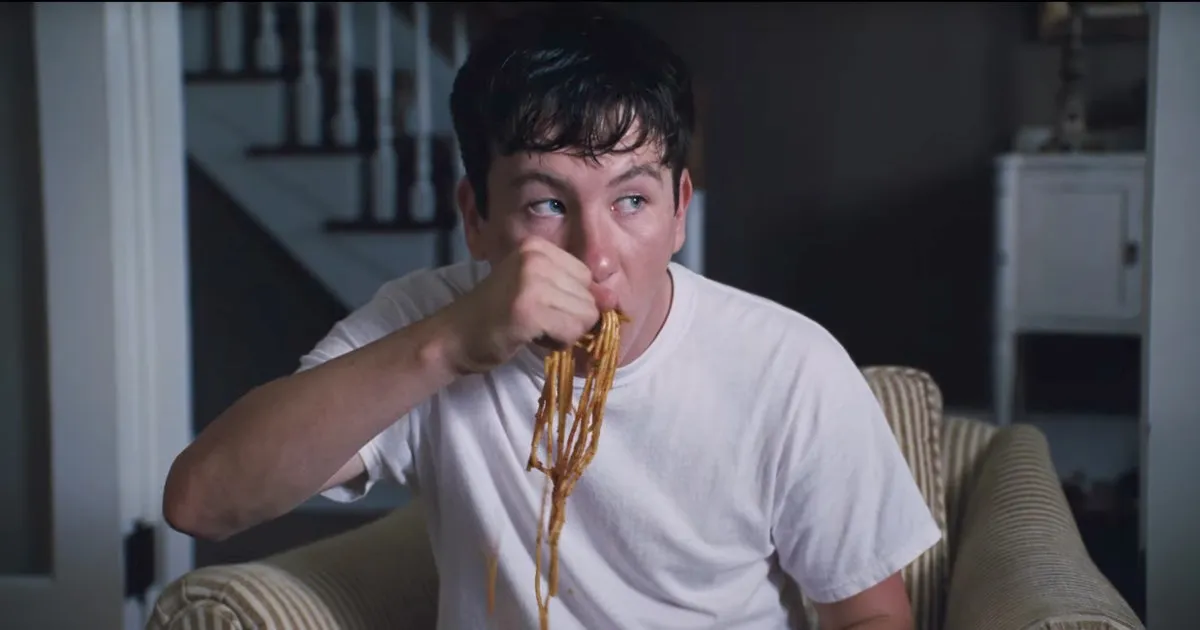The studio A24 has become one of the more unique production companies in the modern age of cinema. Their films have ranged in a variety of genres and all maintain a sense of individuality and a commitment to story. What started as an independent studio has branched out to include star-studded cast members. The 2017 release entitled The Killing of a Sacred Deer was directed by Yorgos Lanthimos and stars Colin Farrell, Nicole Kidman, and Barry Keoghan. This is Farrell and Lanthimos’ second collaboration following the enthralling drama The Lobster.
The Killing of a Sacred Deer could surely be labeled as a strange, confusing cinematic experience. However, it is a multilayered thriller with much buildup and unexpected twists and turns. Farrell portrays Steven, a heart surgeon who forms a bond with Martin (Keoghan), a 16-year-old grieving the loss of his father on the operating table. This bond, though unsettling from the beginning, takes a darker turn when Martin’s intentions are revealed. The first act of the film establishes a Kubrick style of filmmaking that puts the viewer on edge immediately. With long elegant shot sequences, wide angles, and a sophisticated overture, Lanthimos provides a grand presentation for this mysterious drama. However, what truly sets an unusual tone is the dialogue, which is far from conventional.
The Dialogue in The Killing of a Sacred Deer
There is much to be said about the delivery of lines in the film. Each character is almost robotic and monotone, and all speak in a rather similar way. This creates a sort of distance between them and the audience, who are aware that Steven is the protagonist. But the fact that his way of speaking and his mannerisms are similar to Martin, who could be identified as the antagonist, creates an equal relationship with the viewers. Each could be the protagonist but are also antithetical to each other. At a shared distance from the audience, it is hard to see who is morally in the right.
The Power of Fate in The Killing of a Sacred Deer
There is an overall supernatural element that plagues the characters, along with some creepy psychological horror for the audience. When Martin reveals his true intentions of retribution for his father who died at the hands of Steven, the course of the film is drastically shifted. It comes as a shock when this boy starts to have a psychological and physical impact over Steven and his family (and Keoghan, now The Joker in Batman movies, is incredible here). However, according to Colin Farrell in an interview with Film4, there is a powerful presence at bay:
What I get from that is a sense that the Gods are at play. Just from reading [the script] I had this kind of sense that there is some kind of omnipresent Gods, like the Gods of the past on Mount Olympus looking down at the foibles of mortal man, at the foolishness of mortal man and using us to work out their own tragedies and their own traumas and their own boredom.
It all sounds like a Greek tragedy. Sure enough, there is a reference to Iphigenia in Aulis, a Greek play written by Euripides where the character Iphigenia is sacrificed by her father Agamemnon to the Gods. Iphigenia willingly gives herself to death. After Agamemnon killed a sacred deer, he angered the Goddess Artemis, who sought justice for the crimes against nature. Iphigenia’s innocence is mirrored in the children of The Killing of a Sacred Deer. Bob (Sunny Suljic) and Kim (Raffey Cassidy) are at the brink of death when their legs become paralyzed; they lose their appetite and their bodies grow weaker. This comes after Martin’s prophecy to Steven, as he vowed he will have justice for his father. As Martin tells him in the film:
That critical moment we both knew would come someday, that time is now. Just as you killed a member of my family, now you gotta kill a member of your family to balance things out, understand? I can’t tell you who to kill, of course, that’s for you to decide. But, if you don’t do it, they will all get sick and die. Bob will die. Kim will die. Your wife will die. One: paralysis of the limbs. Two: refusal of food to the point of starvation. Three: bleeding from the eyes. Four: death. Don’t worry, you won’t get sick. You’ve just gotta stay calm, that’s all.
Hubris and Retribution in The Killing of a Sacred Deer
As in most Greek tragedies, the protagonist suffers from a fatal flaw. Oedipus the Great King, Odysseus, and other powerful figures demonstrate hubris which angers the Gods. In this film, we see in Steven a character who resembles that of a proud man ignorant of his own fatal flaw. Martin’s father did die by Steven’s hand, which was said to be perfect and clean by many characters in the film. However, Steven reveals to his wife Ana (Nicole Kidman) that he was drinking before the fatal surgery on Martin’s father. This comes after Steven neglected to acknowledge any involvement in the matter, saying:
A surgeon never kills a patient. An anesthesiologist can kill a patient, but a surgeon never can.
While the grief may have been buried deep underneath pride in one’s own falsities, fate calls for retribution in the worst way. The balance of justice is placed when Steven must choose which of his two children he must kill. The kids then compete with one another as to whose life is more valuable. This is where the film takes the darkest turn, and that turn is meant literally. Steven blindfolds himself and binds his wife and kids to face the barrel of a shotgun. The one who faces the random shot is, ironically, his son Bob. The youngest, the most innocent, and the one whose fall started it all.
The Killing of a Sacred Deer is a complex film with a multitude of interpretations. The deer also represents gentleness and devotion in the spiritual world. But the word justice is frequently used, and it garners a neutral connotation when it is given to both the protagonist and antagonist. They both seek justice for wrongdoings towards themselves and their families. However, the film begs the audience to ask themselves if one deserves justice over another, or must there always be balance?




